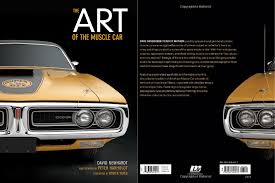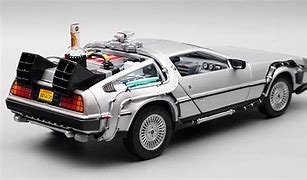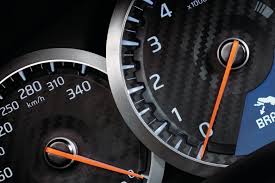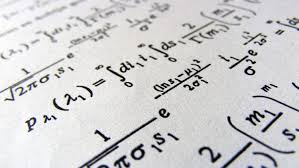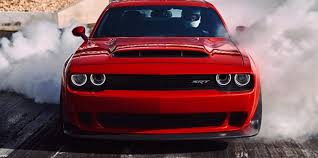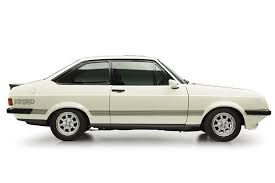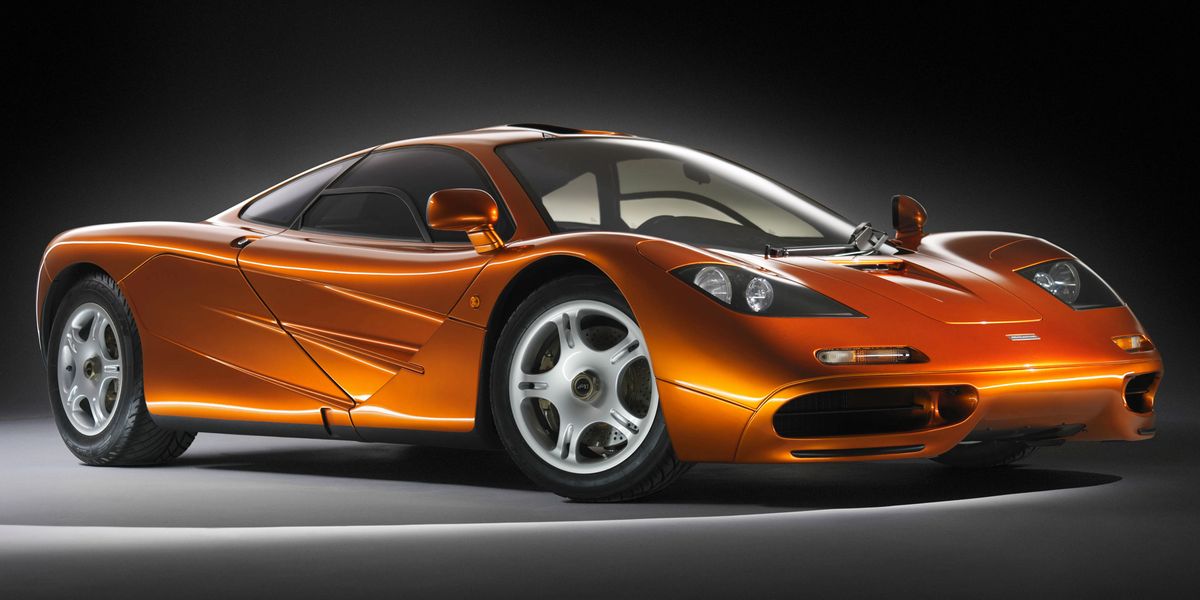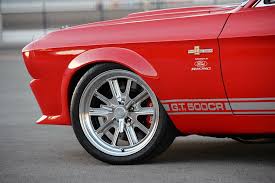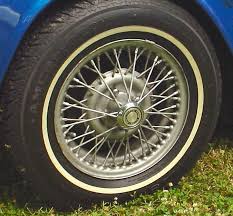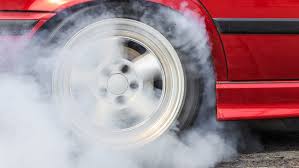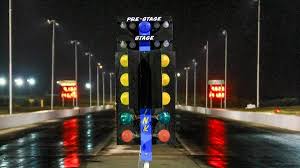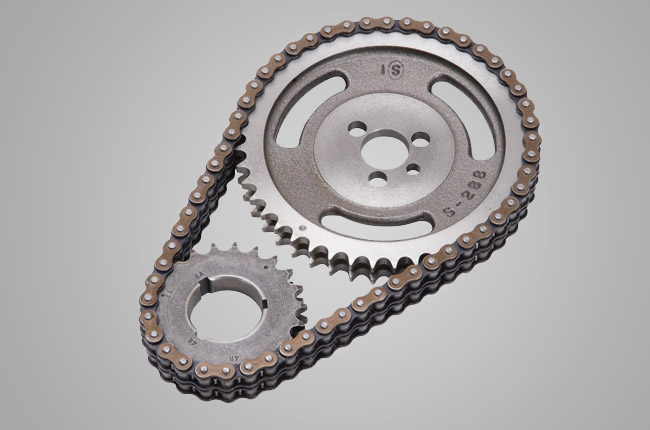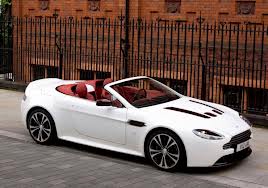
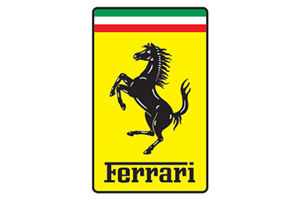

This edition of the Ferrari 512 TR is the 5 speed / Manual version and was first brought out in 1992. This was at around the same time as the introduction of the 1993 Jaguar XJ 220 S 3.5 V6 Turbo and the 1992 Bugatti EB110 SuperSport.This particular Ferrari 512 has a 4943cc Naturally Aspirated Petrol powerplant with 12 cylinders in a F formation.
The 512 shares its Petrol F12 engine configuration with the likes of the 1994 Ferrari 512 M and the 1984 Ferrari Testarossa 5.0L Boxer. If you're looking for other fast cars which share the 512's Rear Wheel Drive, Coupe combination then how about the 1982 Fiat X1/9 1.5 8V or the 1965 Aston-Martin DB6 1965.
Weighing in at 1517 kgs (3344 lbs) this makes the Ferrari 512 TR in the same weight category as the 2022 Ferrari 296 GTS Assetto 3.0 V6 Twin Turbo Hybrid or the give or take 50kg.
![Lotus Evora GT410 Sport 3.5 V6 Supercharged - [2020] image Lotus Evora GT410 Sport 3.5 V6 Supercharged - [2020] image](/editionimages/2206.jpg)
The Ferrari 512 shares the same bhp with the 2020 Lotus Evora GT410 Sport 3.5 V6 Supercharged (410 bhp)
In terms of power the 4943cc 48V F12 engine produces 422 bhp (314 kW) @ 6750 rpm similar to the 2020 Lotus Evora GT410 Sport 3.5 V6 Supercharged (410 bhp) or the 2020 Lotus Evora GT410 3.5 V6 Supercharged (410 bhp).
The Naturally Aspirated F12 throws out 362 lb-ft (490.8 Nm) @ 5500 rpm placing it with cars of similar torque performance figures such as the 2024 Mazda CX-90 S 3.3 Turbo (369 lb-ft) or the 2023 Porsche Cayenne Coupe 3.0 V6 Turbo (369 lb-ft).
If one combines the weight with power or torque performance for the Ferrari 512 you can get a better idea of it's real world performance.
![Mercedes GT AMG S Roadster 4.0 V8 Bi Turbo - [2020] image Mercedes GT AMG S Roadster 4.0 V8 Bi Turbo - [2020] image](/editionimages/2243.jpg)
The 2020 Mercedes GT AMG S Roadster 4.0 V8 Bi Turbo (302.9 bhp per ton) has similar Bhp Per Ton stats as the Ferrari 512.
The Ferrari 512 has a Power to weight ratio of 278.1 bhp per ton and 238.6 lb-ft per ton. Bhp Per Ton figures of the 1992 512 competing with the 2020 Mercedes GT AMG S Roadster 4.0 V8 Bi Turbo (302.9 bhp per ton) or the 2017 Mercedes S Class 63 AMG S 4Matic (302.7 bhp per ton).
If you agree with the late great Carroll Shelby then arguably an even better indicator of potential performance, Torque. Use weight as well and you end up with - Torque per ton, with the Ferrari 512 generating around 238.6 lb-ft per ton. If you're curious as to what other cars have as much torque to weight then look no further than the 2003 TVR T350 C 3.6 (263.6 lb-ft per ton) or the 2004 TVR T350 T 3.6 (263.6 lb-ft per ton).
With a 0-60mph time of 4.80 secs or a 0-100km/h (0-62mph) of 5.0 secs, this made the Ferrari 512 TR as fast as the 2021 Porsche Taycan 4 Cross Turismo (4.80 secs) the 2020 Audi TT S Turbo 50 TFSI (4.80 secs) the 2018 Rolls-Royce Cullinan 6.7 V12 Turbo (4.80 secs) the or the 2017 Maserati GranCabrio Sport 4.7 V8 (4.80 secs). This Ferrari 512 TR is also faster than the 2023 Toyota Corolla GR Morizo Edition 1.6 Turbo (4.90 secs) the 2022 Mini Cooper Countryman John Cooper Works 2.0 Turbo (4.90 secs) the 2021 Ford Mustang GT 5.0 V8 (4.90 secs) the and the 2020 Honda Civic Type R 2.0 16V Touring (4.90 secs).
When talking about the performance of the Ferrari 512 on the drag strip it can reach a quarter mile in an estimated 12.51 secs @ 109.3 mph. Similar performance down the quarter mile can be found with the the 1993 Porsche 968 3.0 Turbo S (12.46 secs), the 1992 Maserati Ghibli 2.0 V6 Biturbo (12.46 secs), and the 1970 Aston-Martin DBS Coupe 5.3 V8 (12.47 secs).
Modern performance cars are often artificially restricted to 155mph. The 1992 version of the Ferrari 512 TR has a maximum speed of 195mph.
If maxing out your car on the AutoBahn is your thing and you're wondering what's faster than the 1992 Ferrari 512 TR then how about the 2023 McLaren 750S 4.0 V8 Twin Turbo (206 mph), the 2023 McLaren 750S Spider 4.0 V8 Twin Turbo (206 mph), or the 2019 Audi R8 5.2 V10 Decennium (206 mph).









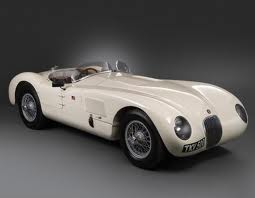
Jaguar C Type 3.4L
Engine: Naturally Aspirated Petrol | 3442cc 12v St6
Top Speed: 144 mph
0-60mph: 8.10 seconds

Nissan Skyline R32 GTR
Engine: Twin Turbo Petrol | 2569cc 24v St6
Top Speed: 251.0 kph
0-100kph: 5.8 seconds
